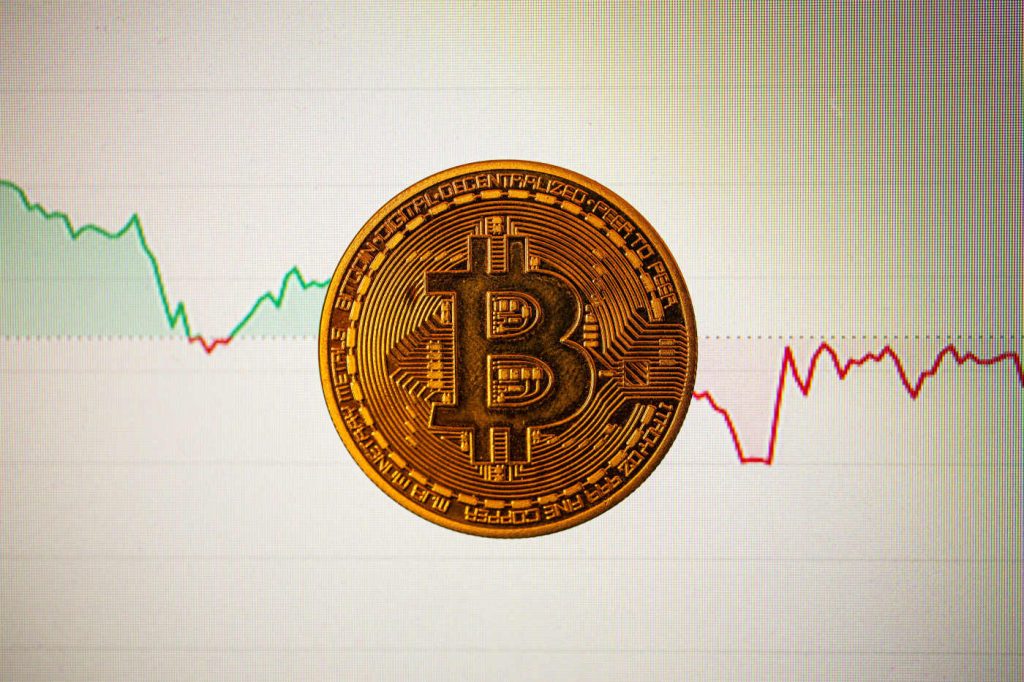Bitcoin Faces a Fresh Challenge as Market Momentum Weakens

Bitcoin’s recent decline has cast uncertainty over the ongoing cryptocurrency rally, signaling a possible shift in investor sentiment. After weeks of strong performance, the world’s largest digital asset saw its price drop amid concerns about tightening global liquidity and potential regulatory headwinds. Analysts warn that macroeconomic pressures, including rising bond yields and a stronger U.S. dollar, could dampen risk appetite for digital assets. This renewed volatility highlights the fragility of the crypto market’s recovery, suggesting that the next phase of growth will depend heavily on market fundamentals, institutional participation, and the broader economic climate influencing digital asset investments.
Bitcoin’s Retreat and Market Context
Bitcoin’s price has slipped below key technical support levels following a prolonged period of bullish sentiment. The cryptocurrency had been buoyed by expectations of renewed institutional interest and optimism surrounding potential regulatory clarity. However, recent trading sessions indicate waning momentum, with investors opting for caution amid broader market instability.
Analysts note that Bitcoin’s decline is not isolated but aligns with a wider pullback in risk assets. Equity markets have also shown weakness, as investors adjust portfolios in anticipation of sustained high interest rates and reduced liquidity—factors that traditionally weigh on speculative sectors like cryptocurrencies.
Macroeconomic Pressures Intensify
One of the primary catalysts behind Bitcoin’s retreat has been the tightening monetary landscape. Central banks across major economies continue to signal caution on rate cuts, prioritizing inflation control over market expansion. As bond yields rise and real returns on traditional assets improve, digital currencies—often viewed as high-risk—face diminished investor appetite.
Additionally, the strengthening of the U.S. dollar has exerted downward pressure on Bitcoin and other major tokens. Historically, a strong dollar tends to reduce demand for alternative assets, including gold and crypto, as investors seek safety in fiat holdings amid global uncertainty.
Regulatory Developments and Investor Caution
The crypto industry also faces renewed scrutiny from regulators worldwide. Concerns about stablecoin oversight, exchange transparency, and decentralized finance (DeFi) vulnerabilities have resurfaced, creating additional uncertainty in the digital asset space.
While some jurisdictions are moving toward clearer regulatory frameworks, others are intensifying enforcement actions, particularly around anti-money laundering (AML) compliance and investor protection. This fragmented approach has left many institutional players hesitant, stalling the momentum that had been building from increased market participation earlier in the year.
Market Sentiment and Technical Indicators
From a technical standpoint, Bitcoin’s inability to maintain its upward trajectory has raised questions about the sustainability of the current rally. Trading volumes have thinned, and volatility has re-emerged, suggesting that speculative enthusiasm may be cooling.
Short-term traders are watching key support levels closely, as further breakdowns could trigger broader liquidations across the crypto sector. Meanwhile, long-term investors remain cautiously optimistic, viewing the correction as a potential entry point if macroeconomic conditions stabilize and institutional inflows resume.
Long-Term Outlook for the Crypto Market
Despite the current pullback, the underlying fundamentals of the crypto ecosystem remain resilient. The expansion of blockchain applications, the development of tokenized assets, and the growing integration of digital currencies into payment systems continue to support the sector’s long-term potential.
Market experts argue that while speculative rallies may ebb and flow, innovation within decentralized finance and institutional-grade infrastructure will likely drive sustained adoption. In the medium term, the performance of Bitcoin and other major cryptocurrencies will hinge on monetary policy shifts, investor risk tolerance, and evolving regulatory clarity.
Conclusion
Bitcoin’s latest decline underscores the crypto market’s sensitivity to global economic and regulatory developments. As monetary tightening and a strong dollar weigh on risk assets, digital currencies face renewed tests of resilience. Yet, beyond short-term volatility, the broader trajectory of the sector remains tied to innovation, institutional engagement, and the gradual normalization of crypto within the global financial system. Whether Bitcoin’s recent dip marks a temporary pause or the beginning of a deeper correction will depend on how effectively the market adapts to these emerging challenges.




